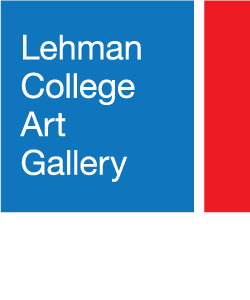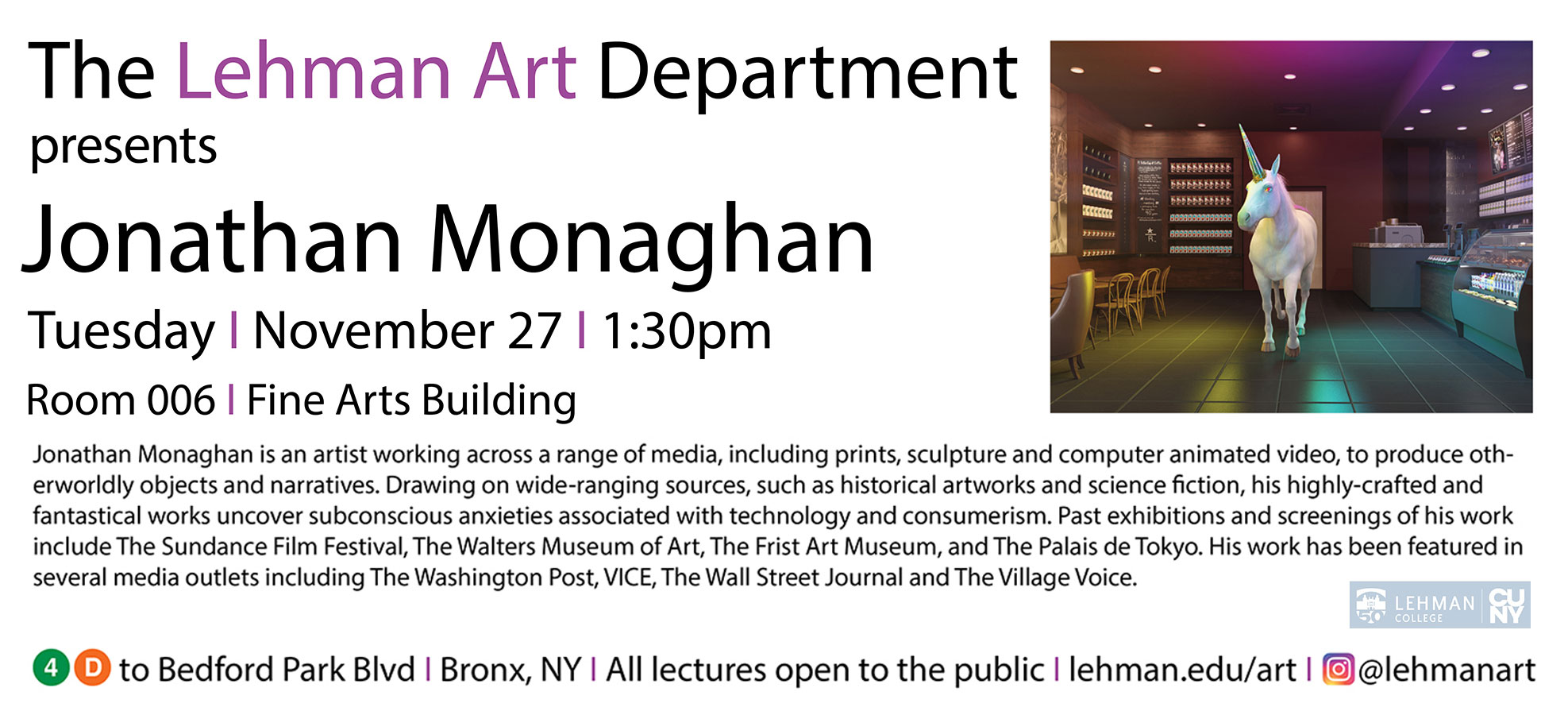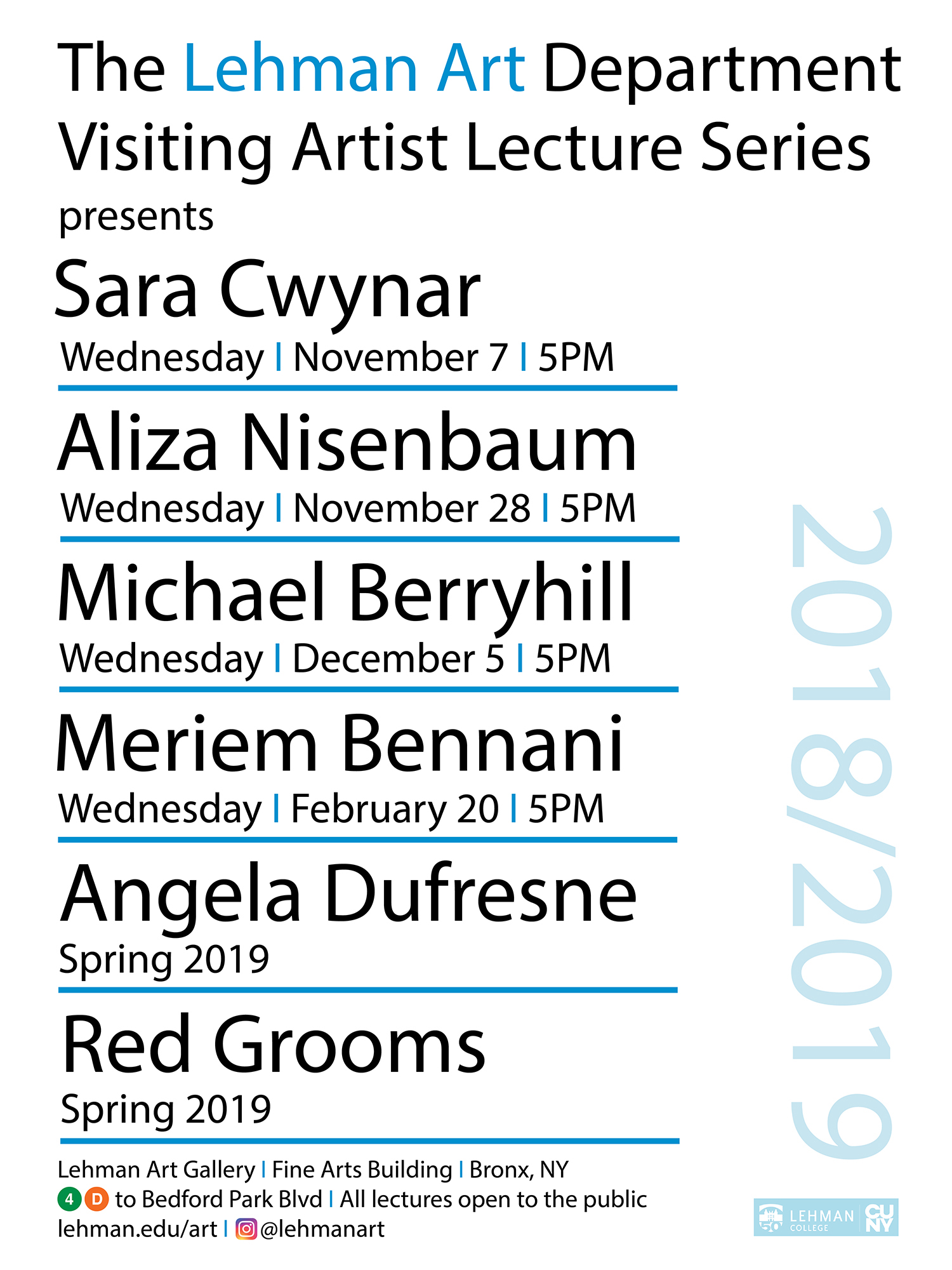Intersections
February 4 to April 28, 2016
Upon entering the gallery, Carte Blanche Constructions, 2001, by Jean Shin (b. 1971) is a welcoming piece. An installation made entirely of unfixed Rolodex cards, it sits between the glass walls of the front space with a stunning as well as fragile presence. Once used to record someone’s name, address and phone number, these blank, rectangular pieces of paper are now obsolete, as phones and computers have taken their role. They constitute a makeshift village that could be associated with an array of architectural forms–from the classical fairytale castles, to the favelas or The Potala, the house of the Dalai Lama–but most importantly, in their emptiness, neatness and vulnerability there is the reflex of today’s city, where the fast transience of people and the omnipresence of technology are widening the gap in personal contacts and communications. Relating to its grid structure and its whiteness – even though conceptually different – is the series American Homes, by photographer Ion Zupcu (b. 1960). Twenty-four silver gelatin photographs are displayed in four rows of six to create a patchwork based on the familiar: basic domestic architectural styles. North American homes from several hundred years —log cabin, saltbox, bungalow, Cape Cod, split-level ranch, etc.—are turned into reductive forms. With the help of architect Tagore Hernandez, the simplified houses become small sculptural models. Zupcu then photographs them in stark contrasts of light and dark, printing and toning the work himself.
Some artists in the show choose culturally symbolic buildings as standard-bearers of the values and fate of contemporary society. Shibboleth, 2007, by Doris Salcedo (b. 1958), for instance, is comprised of four inkjet prints that document her intervention with the same title in the empty and monumental Turbine Hall, the main entrance lobby of the Tate Modern gallery in London, UK. The artist opened a 548-foot crack along its floor that grew from a hairline to a couple of feet deep. As she has stated, the work dealt with the experience of an immigrant in a segregated and racist Europe, in this case represented as a fracture in a building that stands as a face of modernity. Of biblical origin, the word Shibboleth is often used to make the distinction between who belongs to a group or tribe, and who doesn’t. At the close of the show, the Tate decided to immortalize this piece and its impact by leaving the trace in the floor, as a visible scar in its architecture. In The City, 2005-2013, photographer Lori Nix (b. 1969) depicts interiors of buildings that are very familiar to us today–there is a library, a laundromat and an observatory on view at the gallery, but one can also find in this series a Chinese takeout, an art museum, a beauty shop, a bar, and an anatomy classroom, among others. Even though the often surreal scenes might lead us to discover that they are built from detailed dioramas the artist creates from scratch, the overall realistic settings set a trap for our perception. There is no presence of human beings in them, and objects appear abandoned and destroyed, suggesting a possible future of destruction or an era of Apocalypse–a theme that has obsessed Nix for years – in this case not as abstract as the Biblical reference, but rather as a tangible fact, reflected in our surroundings.

Artists Linda Cunningham (b. 1939,) Valeri Larko (b. 1960,) and Richard Haas (1936) offer different takes on the urban landscape. Cunningham’s works are the battlefield where the impact of man-made structures and the forces of natural elements are made even. She approaches industrial buildings–not the active ones, but those in ruins, which, as the Tate, are also part of our modern history. They are taken over by robust trees. Employing an array of media on paper that she has deliberately torn, or broken in half, she offers a futuristic view to the vestiges of our civilization. On the other hand, Larko’s MNG Automotive, 2013, and Top Dollar, 2015, are brightly colored paintings of actual neighborhoods in the Bronx. As snapshots of time and place, these works are created not from a previous photograph, but in situ: siting in front of the landscape for months and making a choice of what to represent out of a moving, dynamic scene where graffiti has a prominent presence. Larko validates and creates a record of this art manifestation often labeled as vandalism that in many cases is wiped out while or immediately after the artist does the painting. Finally, Haas present us with mixed media studies for Gateway to the Waterfront, 1997, a 14,000 square foot mural in downtown Yonkers. The mural depicts scenes from the history of city – beginning with the Native Americans, through the arrival of Dutch settlers, and the English and Colonial periods. They also include major landmarks and allude to events ranging from the arrival of Henry Hudson’s ship, the Half Moon, to the Prohibition era mobster Dutch Schultz whose bootlegging business was once located near the site. Known for his inclusion of trompe-l’oeil elements, Haas has enhanced the actual buildings with architectural details that are painted rather than literally there. The mural has recently been declared a city landmark.
Other artists in the show find genuine ways to challenge our perception combining intrinsic elements of art and architecture. Alois Kronschlaeger’s (b. 1966) work Untitled, 2016, is an enigma of space, time and light. At first, one observes a comprehensive composition of cubes forming a triangular shape. Yet, upon staring into the depths of the geometric sculpture, the tricks of the light create a honeycomb-like cluster where the object seems to be hovering in a fourth dimension. The black ink produces false shadows as the white ink creates an imagined negative space while both, the silver and gold ink, harness the light with their reflective properties turning the work into an optical illusion. Peter Campus’ (b. 1937) Barn at the North Fork, 2010, is a video that uses subtle and continuous edits that cause the barn to look like an abstraction of itself. The image has a very linear composition with a seeming blurriness to its lines. The video contains an audio of a strong and ominous wind as the horizon creates two very distinct fields of color. The background is very bright and monochromatic, which renders the image as more of a painting than a video. In turn, all of the elements combined force the viewer to contemplate ideas of reality and perspective. The lone barn, in its seemingly luminous and open space with the whirring of the wind, provides a sense of isolation and perhaps prompts the viewer into a moment of self-reflection.
National Radio, 2007, by Laercio Redondo (b. 1967) is a video the Brazilian artist shot in Havana, Cuba. He asked professional contemporary dancer Dixan Guarrido to interpret the changing sounds of Cuban national radio, as Redondo turned the dials. For an hour, the dancer tries to keep up with the sonorous stimulus in front of a rather surreal space: a red brick wall where two symmetrical staircases disappear in the dark, as if it was a mirror image. It all takes place in one of the schools of the Higher Institute of Art in Havana, also a historic and artistic landmark in that country. Laercio superimposed a copy of the video on it. The footage is slightly delayed, so that there is always a “second dancer” repeating Garrido’s movements, as a ghost. The frequent stops allow the bodies to come together again and start all over in an endless ritual of fine-tuning to time, space, sound and ultimately, to his own boundaries of existence
We hope visitors to Architectural Intersections, as dancers, will also fine-tune to the wealth of propositions in the show in order to rethink their environment, their culture, and finally, their own space.


